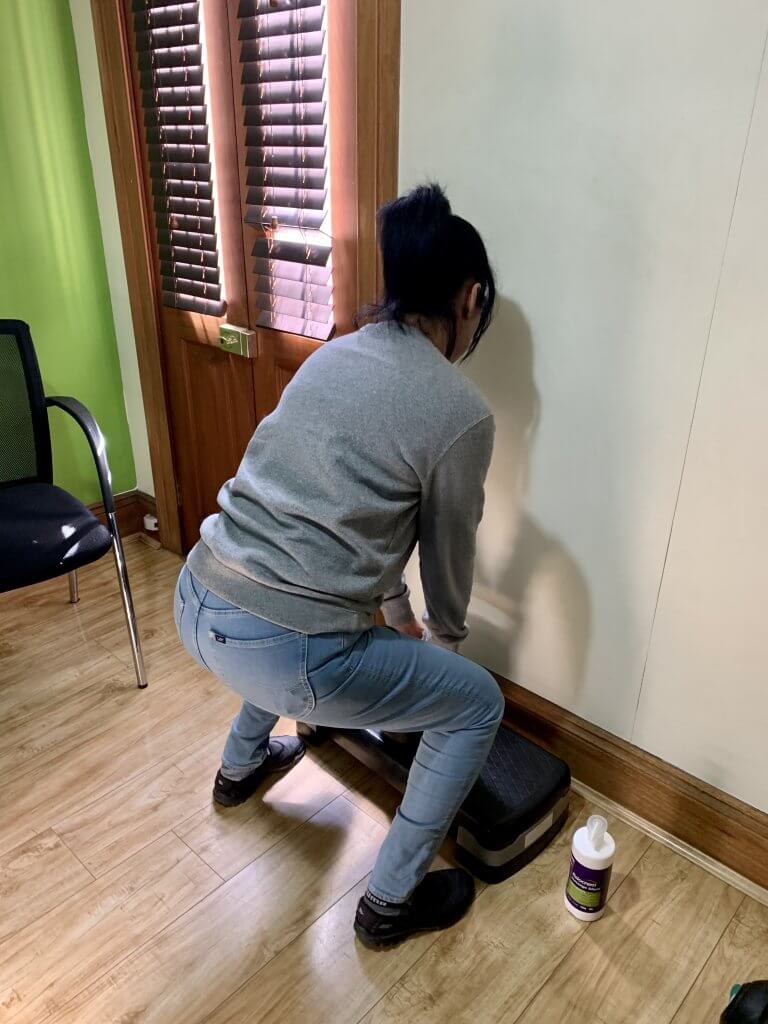
Return to Work Functional Assessments are a valuable part of returning an injured worker back to pre injury duties.
The assessment process can assist the employer in returning an injured worker back to pre injury duties. The assessment checks for physical capacity to safely perform the demands of their job.
These assessments can help employers improve employee’s safety, productivity as well as minimize worker’s compensation costs if an injury were to take place.
Our Physiotherapists conduct return to work functional assessments for a broad range of occupations and industries. Each assessment is tailored to the employer and the type of position being tested for.
Benefits of a Return to Work Functional Assessment :
- Ensuring job candidates are matched with the demands of a position
- Minimise frequency and cost of injuries in the workplace
- Increasing staff retention
- Effective risk management strategy for the employer
- Supporting workplace productivity
What does a Return to Work Functional Assessment include?
The main components include a detailed medical history, physical musculoskeletal examination and job specific functional capacity assessments.
Part A: Detailed subjective history including medical history
Part B: Testing of specific manual handling abilities and techniques depending on type of employment and job requirements:
- Lifting and carrying of different loads
- Grip Strength
- Repetitive Lifting
- Lifting techniques
- Lower Limb Flexibility and Strength
- Upper Limb Flexibility and Strength
- Cervical, Thoracic & Lumbar Flexibility and Strength
Medical Questionnaire Review
As part of the pre employment assessment, we go through the candidate’s medical history using a questionnaire. This help determine whether a candidate is healthy enough to perform the inherent requirements of a given job. The questionnaires are tailored to enquire only about physical and medical information that is specifically and directly related to the job on offer. Candidates are asked questions relating to their occupational and medical history, including any exposure to chemicals, hazardous substances and work-related injuries. The questionnaires may vary depending on an organisation’s work environment and the job on offer, but the content should meet all regulatory and legal requirements.
Musculoskeletal Range of Motion
The musculoskeletal range of motion is a measurement of how far an individual can move and bend their joints. During a pre-employment assessment, candidates are asked to perform a series of movements starting from the neck and moving all the way down the body. This test looks at movement in all major joints in the body. This is an effective screening tool to determine current or past major injuries which may affect the role applied for.
Anatomical Joint Integrity
Joint integrity looks at stress testing major joints in the body. The condition of our joints determines our ability to perform physical activities. There are many different issues that can diminish joint integrity including infections, trauma and past sports injuries. Individuals with damaged joints may suffer from restricted mobility and reduced functional capacity putting them and their team mates at risk of injury. .
Strength and Balance
Strength and balance are an important part of any pre-employment assessment. During a typical strength test, candidates may be asked to push against resistance or lift/push their arms against a downward pressure.
Back flexibility and abdominal endurance
Back flexibility and abdominal endurance contribute greatly to the stability of the spinal column and as a result – injury prevention. Examiners assess the ability of potential employees to assume the correct position when performing tasks.
Postural Tolerances
Postural tolerance assessments determine the ability to maintain certain postures intrinsic to a task. These can include standing, sitting and neck postures. If a candidate is unable to hold all or some of the postures, he or she may be unable to safely perform the job.
Lifting
Hand-grip strength is a limiting factor when manually lifting and carrying loads. Lifting assessments take into account grip strength of potential employees and involves a measurement of how much weight one can safely lift and carry at varying heights (floor, waist, and shoulder). We also look at physically lifting set weights which may replicate the candidates duties at work.
Push/Pull tolerances
The assessment takes into account the load weight, the distance and frequency of the pull/push tasks. Employees should be able to initiate and keep the load in motion without exposing themselves to the risk of injury.
What Happens after the Assessment?
Our Physiotherapists will submit a report to your organization within 24 hours outlining all major findings and what those findings mean functionally . Pre-employment assessments are not a “pass or fail” but rather a summary of your current abilities and medical/injury history. The employer then needs to make a decision whether a particular candidate is suitable for the type of role they need filled.




Contact Us
For enquires, please call our clinic number 0479 080 800 or email [email protected]
The clinic located walking distance from Parramatta and Harris Park train station.
12 Ada Street
Harris Park, NSW, 2150
0479 080 800

